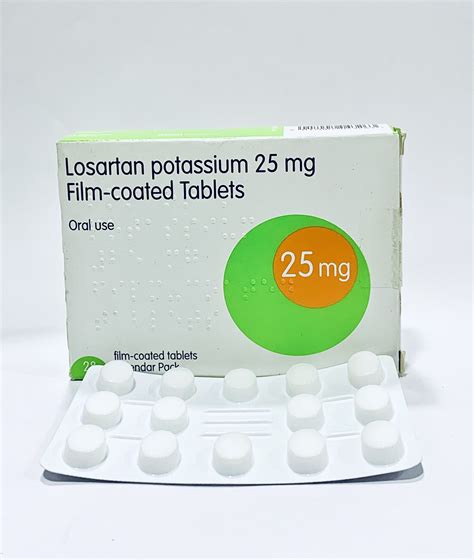The Erythrocyte Sedimentation Rate (ESR) test, also known as the sedimentation rate or sed rate, is a blood test that measures how quickly erythrocytes (red blood cells) settle at the bottom of a test tube containing a blood sample. It indirectly measures how much inflammation is in the body. The principle behind this test is that inflammatory states lead to the production of acute-phase proteins, which cause red blood cells to aggregate and settle more quickly.
What Does the ESR Test Measure?
The ESR test measures the rate at which erythrocytes sediment in a test tube over a specified period, usually one hour. The results are reported in millimeters per hour (mm/hr). A higher sedimentation rate indicates greater inflammation.
How Is the ESR Test Performed?
To perform an ESR test, a blood sample is drawn from a vein, typically from the arm, and placed into a test tube containing an anticoagulant to prevent the blood from clotting. The test tube is then left to stand upright for exactly one hour. After this time, the distance the red blood cells have traveled down the tube is measured. This distance is the sedimentation rate.
What Are the Normal Ranges for ESR?
The normal range for ESR can vary slightly among different laboratories but is generally considered to be:
- For adult men: 0-15 mm/hr
- For adult women: 0-20 mm/hr
- For children: 0-10 mm/hr
It’s essential to note that these ranges can vary slightly depending on the specific method used and the laboratory conducting the test.
Interpretation of ESR Results
An elevated ESR indicates the presence of inflammation in the body. However, it is a non-specific test, meaning it does not identify the cause of the inflammation. High ESR levels can be associated with a wide range of conditions, including infections, autoimmune diseases (such as rheumatoid arthritis or lupus), cancers, and chronic diseases like kidney disease or heart disease. On the other hand, a low ESR suggests a lack of significant systemic inflammation.
Clinical Applications of ESR
The ESR test has several clinical applications:
- Monitoring Disease Activity: In conditions like rheumatoid arthritis, ESR can be used to monitor the effectiveness of treatments and adjust them as necessary.
- Detecting Hidden Infection: ESR can help identify infections or other inflammatory conditions, especially in patients who have non-specific symptoms.
- Diagnosing Autoimmune Diseases: Elevated ESR levels can support the diagnosis of autoimmune diseases.
Limitations of the ESR Test
While the ESR test is useful for detecting inflammation, it has several limitations:
- Non-Specificity: An elevated ESR does not specify the cause of inflammation, requiring further testing for diagnosis.
- Variability: ESR results can be influenced by various factors, including age, gender, pregnancy, and certain medications.
- Limited Sensitivity: The test may not detect mild inflammation or inflammation in specific parts of the body.
Comparison with Other Inflammatory Markers
The C-Reactive Protein (CRP) test is another commonly used marker for inflammation. Unlike ESR, which measures the sedimentation rate of red blood cells, CRP directly measures the concentration of C-reactive protein in the blood, a protein produced in response to inflammation. CRP is considered a more sensitive and specific marker for acute inflammation than ESR. However, both tests are used in clinical practice, and the choice between them may depend on the specific clinical scenario and the laboratory’s capabilities.
What does a high ESR indicate?
+A high ESR indicates the presence of inflammation in the body but does not specify the cause. It can be associated with infections, autoimmune diseases, cancers, and chronic diseases.
How is the ESR test performed?
+The ESR test involves drawing a blood sample, placing it into a test tube with an anticoagulant, and measuring the rate at which the erythrocytes settle over a specified period, usually one hour.
What are the normal ranges for ESR?
+The normal ranges for ESR are typically 0-15 mm/hr for adult men and 0-20 mm/hr for adult women, though these can vary slightly among different laboratories.
In conclusion, the ESR test is a valuable tool for detecting systemic inflammation, guiding further diagnostic testing, and monitoring disease activity and response to treatment. While it has its limitations, including non-specificity and variability, it remains an important part of the clinical toolkit for managing a wide range of inflammatory and autoimmune conditions.
For healthcare professionals and patients alike, staying informed about the latest developments and applications of the ESR test, as well as other inflammatory markers, is essential for optimal management of conditions associated with inflammation.



